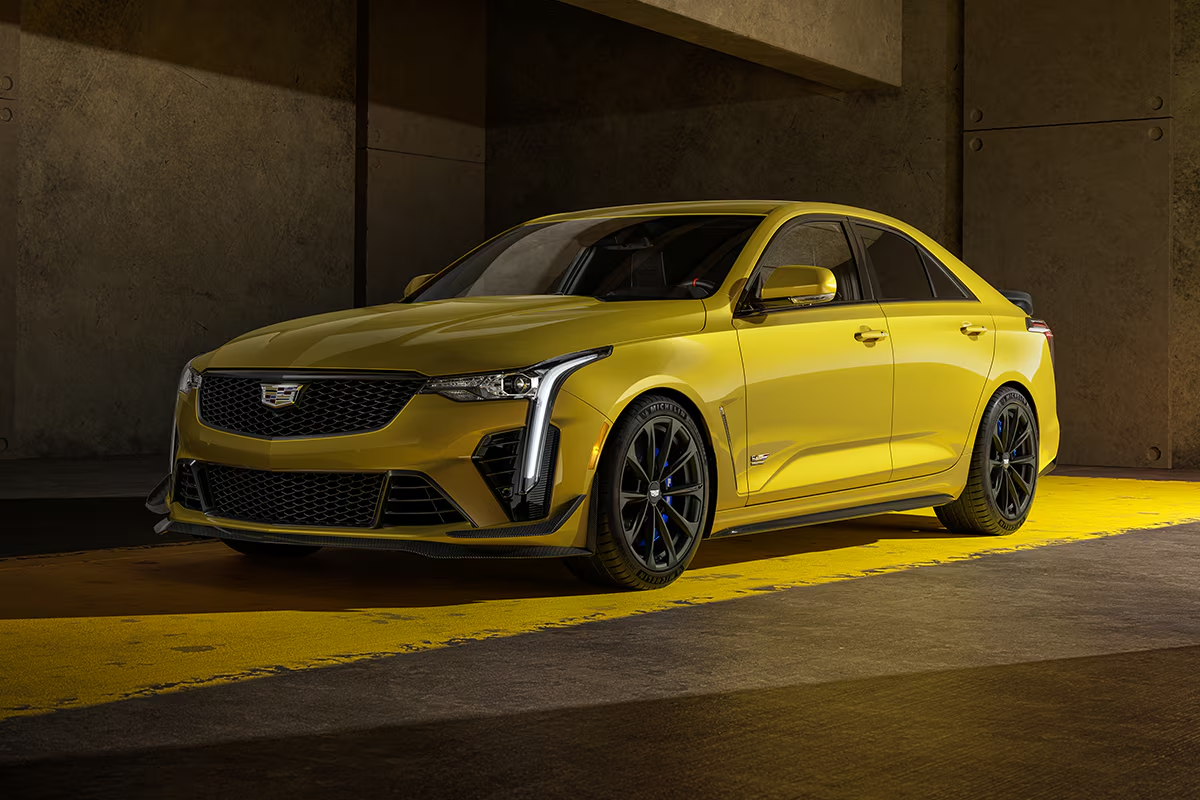In an era dominated by flashy features and advanced tech, the value of a dependable base model remains crucial for millions of car buyers. These entry-level trims are where reliability, cost-efficiency, and practical engineering shine brightest.
Some automakers continue to build base models that are not only affordable but also impressively dependable, while others have abandoned the idea altogether, shifting focus to luxury, tech, or branding at the expense of long-term durability.
This split reflects deeper strategies within the auto industry. Let’s examine the five brands that still make solid base models—and five that seem to have left that mission behind.
5 Brands That Still Build Reliable Base Models
1. Cadillac: A Return to Dependability
Though known for premium models, Cadillac has made a comeback in reliability, including in its base models. The CT4 is its least expensive vehicle and still boasts strong engineering, showing Cadillac is serious about dependable entry points.
Once lagging in dependability rankings, Cadillac is now recognized by J.D. Power, especially for models like the XT5 and XT6 SUVs. Even as it pivots toward electric luxury with the Lyriq and Celestiq, Cadillac’s foundational models show marked improvement.
This blend of reliability, performance, and premium feel indicates the brand’s growing commitment to offering trustworthy base trims in a luxury setting.
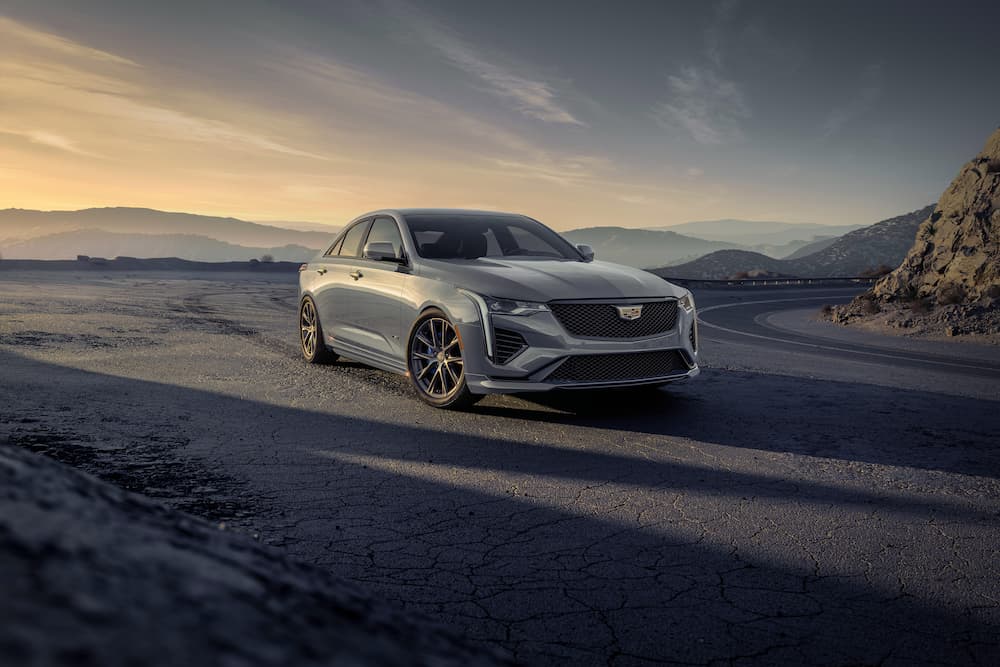
2. Toyota: The Gold Standard for Base-Level Reliability
Toyota has long been the industry’s go-to name for dependable base models. The Corolla, Camry, and RAV4 continue to dominate their categories, offering bulletproof reliability at accessible price points. J.D. Power ranked the Avalon as the most dependable full-size sedan, with the Corolla and RAV4 topping their segments.
Even the base Prius remains a benchmark in hybrid efficiency. Toyota’s hybrid and combustion base trims are built to last, featuring proven technology over risky innovation. Though the all-electric bZ4X is still finding its footing, Toyota’s legacy is firmly built on delivering reliable vehicles from the ground up.
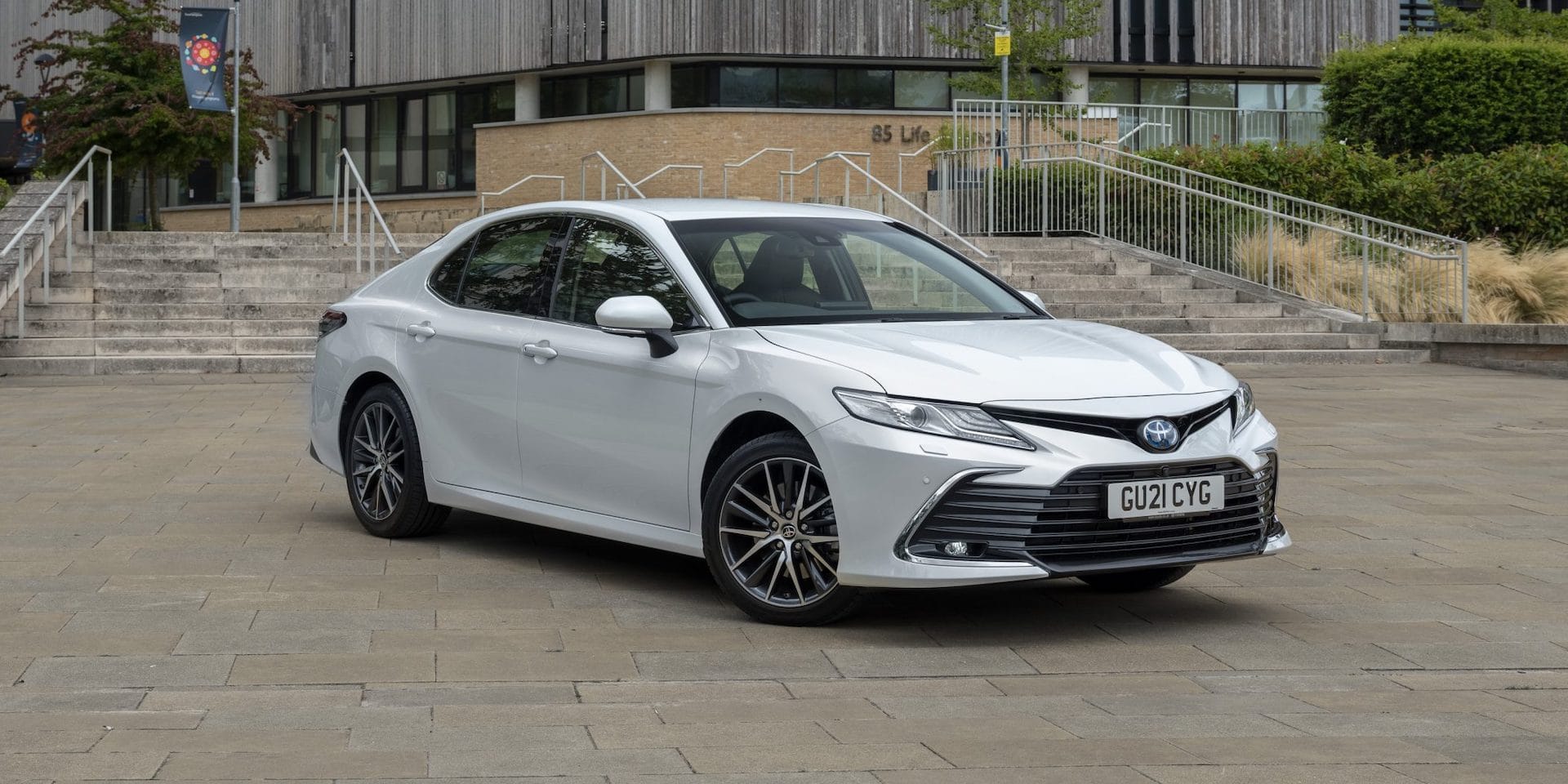
3. Mazda: Value and Style in Every Trim
Mazda has emerged as a surprising leader in reliability, especially in base models. The Mazda 3 and CX-5 combine style, performance, and durability—without needing to splurge on higher trims. J.D. Power now ranks Mazda third overall, citing models like the CX-9 and CX-5 for their long-term dependability.
Mazda’s growing lineup of hybrids, including the CX-50 and CX-70, continues the trend of thoughtful engineering even at the base level. The brand proves that you don’t need luxury badges or price tags to get quality. Mazda’s rise shows that reliability and design can live in perfect harmony—right from the base model.
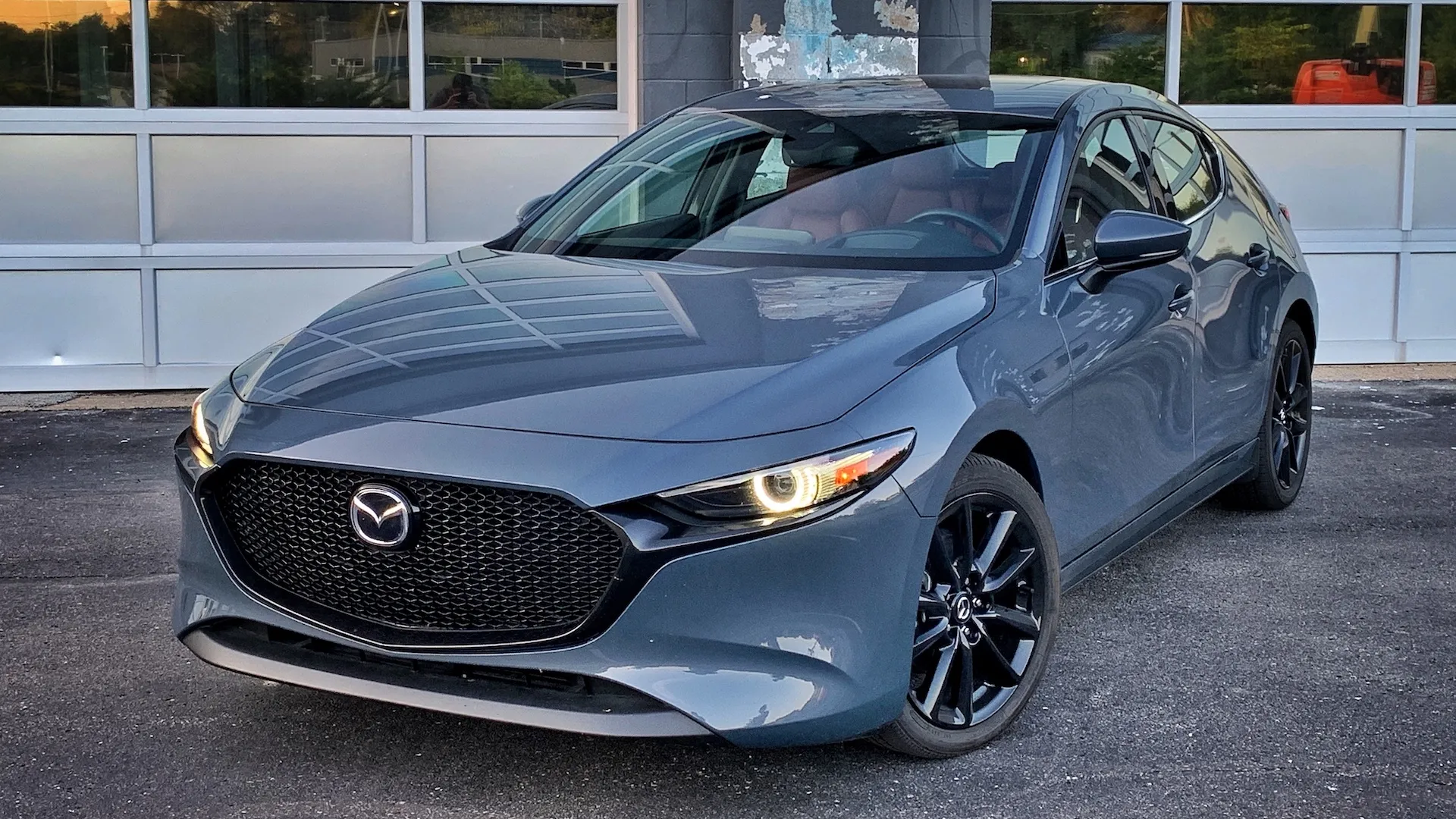
4. Buick: Quietly Consistent with Entry-Level Models
Buick may fly under the radar, but it consistently delivers reliable base models. The Envista is one of the least expensive vehicles in its class, yet it upholds Buick’s high dependability standards. The Encore GX and Enclave have also earned J.D. Power accolades.
While Buick has transitioned to an all-SUV lineup, it hasn’t sacrificed base-level quality. With its roots in General Motors, Buick distinguishes itself by offering a near-luxury experience with long-term peace of mind. For buyers seeking reliability without the frills, Buick proves that dependable base trims are still very much a part of the American car market.
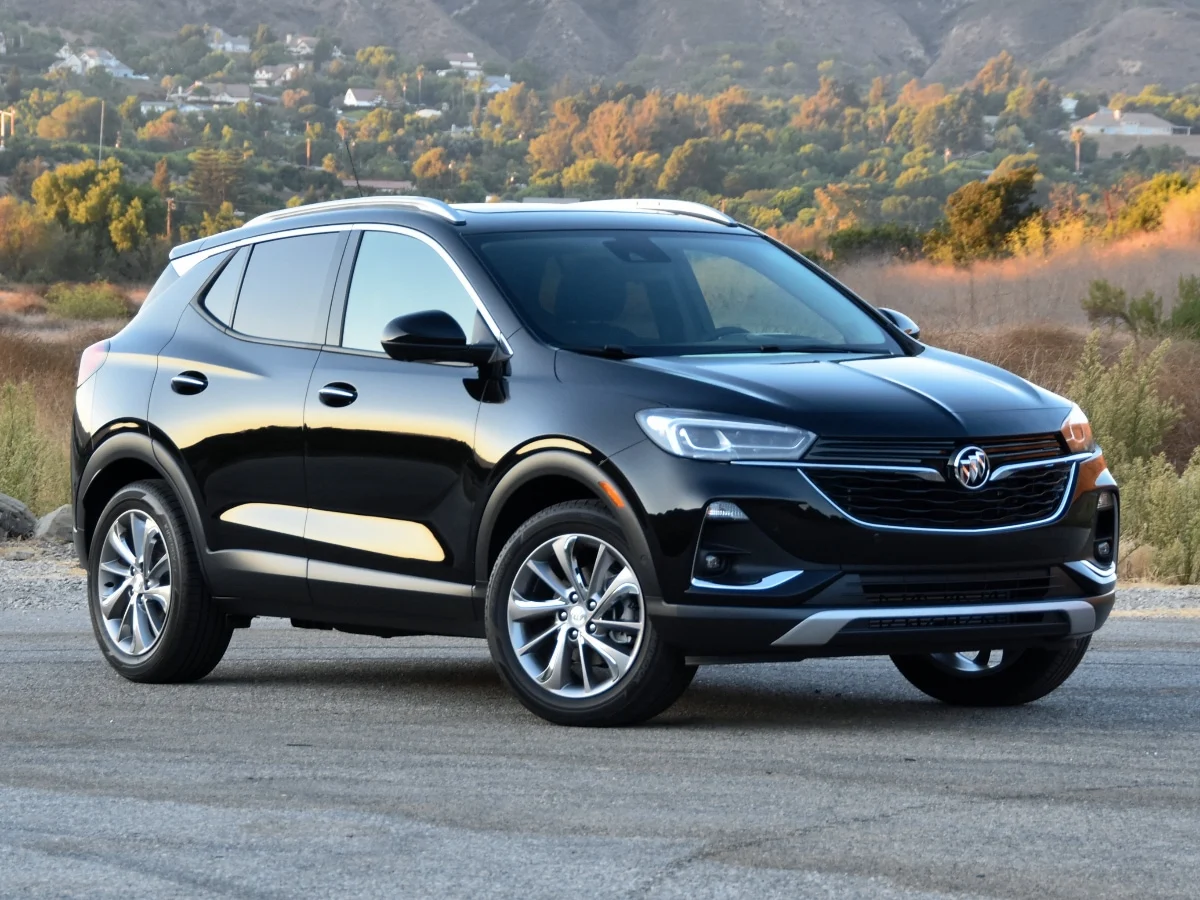
5. Lexus: Reliability at Every Price Point
Lexus remains unbeatable in dependability, even in its most affordable models like the UX. Consistently topping J.D. Power’s rankings, Lexus blends luxury with rock-solid engineering.
The RX and GX dominate the midsize SUV class, while even the IS sedan and RZ electric crossover show top-tier reliability. What sets Lexus apart is its refusal to treat base trims as afterthoughts—they receive the same meticulous attention as top-end variants.
With hybrids and plug-ins widely available, Lexus offers economical options without compromising quality. The brand’s unmatched consistency is proof that even luxury automakers can still craft rock-solid base models.
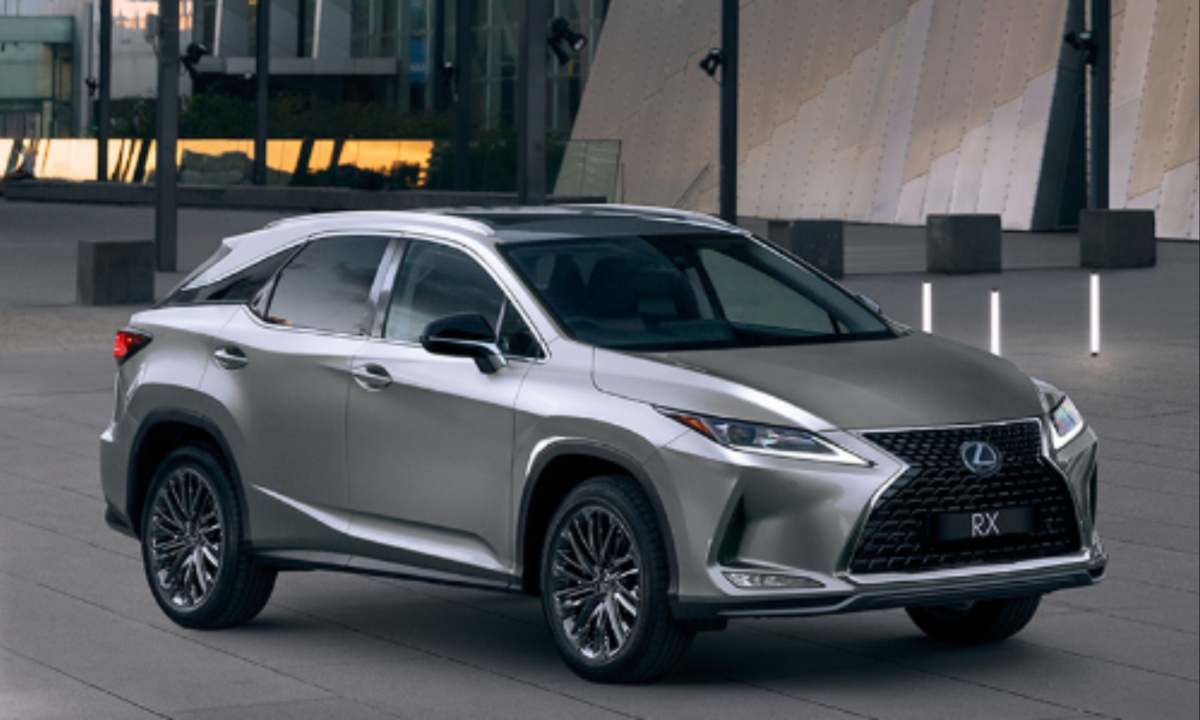
5 Brands That Don’t Try Anymore
1. Studebaker: A Relic of Reliability
Once a symbol of American durability, Studebaker was ahead of its time with both electric and gasoline models in the early 1900s. Their vehicles were widely regarded as dependable through the 1930s and ‘40s.
However, by the 1960s, Studebaker had lost its competitive edge, eventually merging with Wagner Electric in 1967. Though its name remains a nostalgic icon, Studebaker is no longer in the race—neither building base models nor attempting innovation.
Today, it represents a bygone era when automakers prioritized engineering over flash. As the market evolved, Studebaker simply stopped trying, leaving only a rich legacy behind.
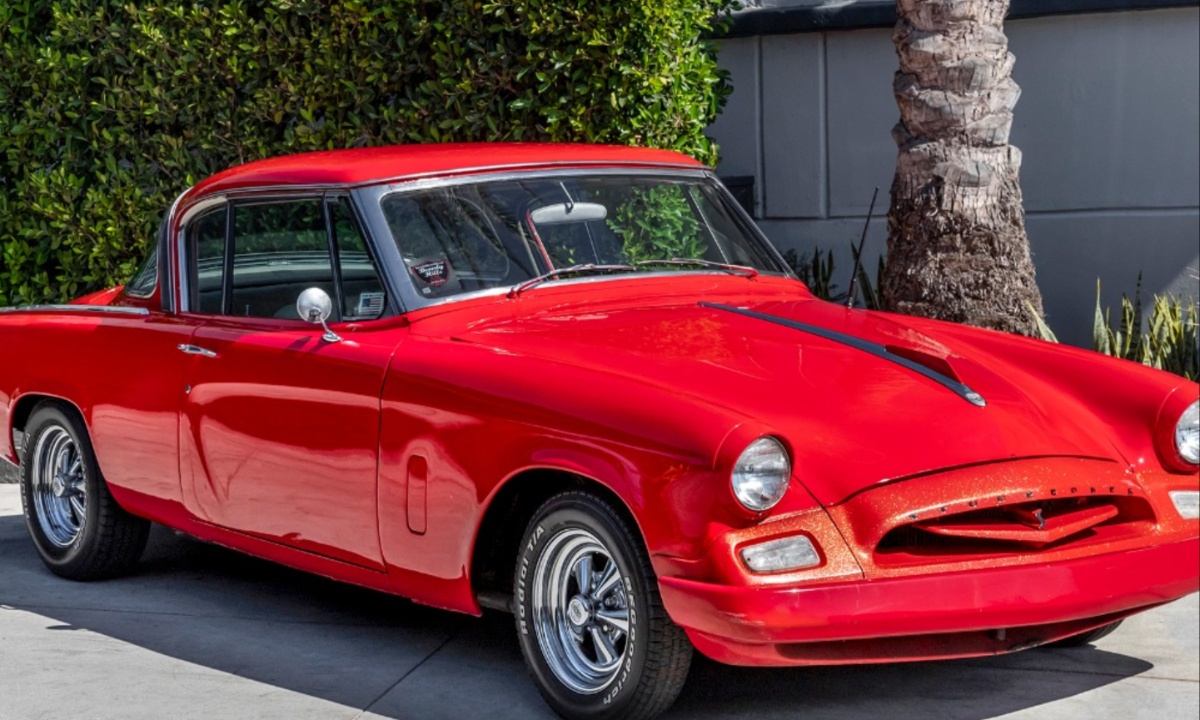
2. Oldsmobile: Power Over Practicality
Oldsmobile built its legacy on performance and power, particularly with its Rocket V8 engines. These vehicles were favorites in mid-century America, but the brand didn’t evolve with the times.
As compact, efficient base models became more popular, Oldsmobile’s bulky, fuel-hungry cars lost relevance. Despite a long history dating back to 1897, it failed to modernize its approach to base models.
Even in its final years before being phased out in 2004, Oldsmobile prioritized speed and style over practicality and reliability. Ultimately, it serves as a cautionary tale about failing to adapt to changing consumer expectations.
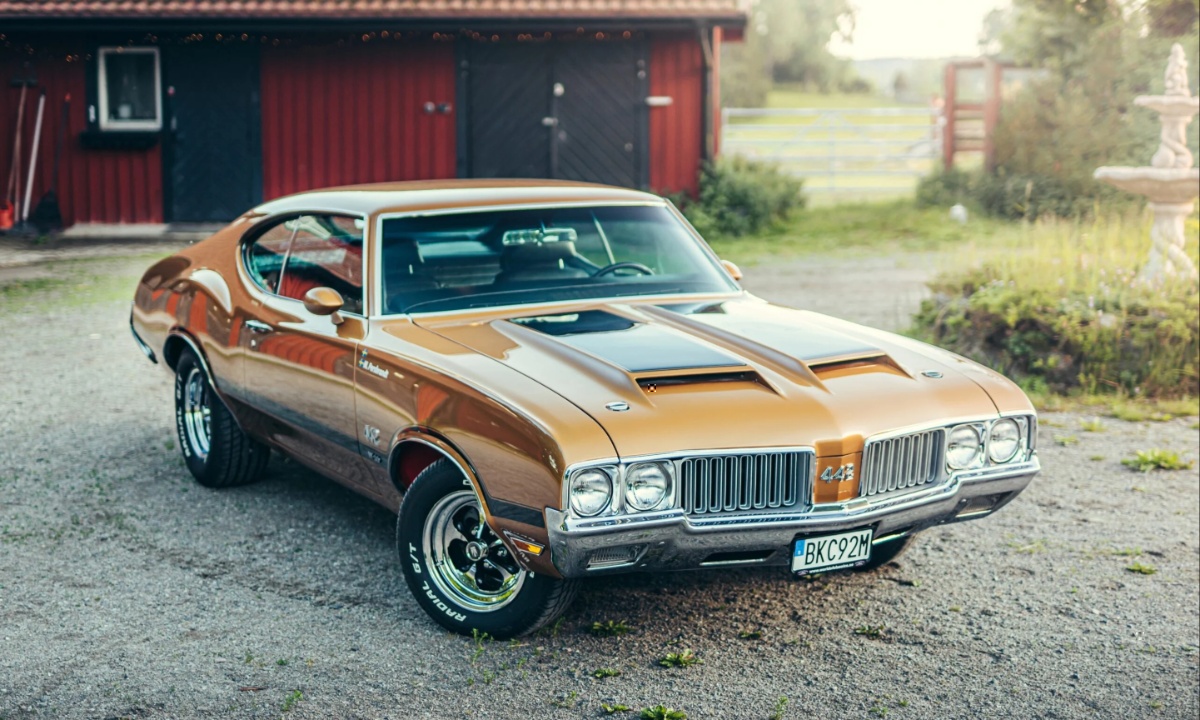
3. Pontiac: Flashy but Forgotten
Pontiac once promised excitement and delivered on performance, often placing visual flair and powerful V8s above reliability in its base offerings. While the brand was known for accessible muscle, its entry-level models weren’t built with longevity in mind. Like many GM offshoots, Pontiac suffered during the 2008 financial crisis and was officially discontinued in 2010.
Though beloved by enthusiasts for cars like the Firebird and GTO, its base models rarely stood out for dependability. In the end, Pontiac’s focus on excitement over endurance meant it didn’t lay the groundwork to compete in a market increasingly concerned with reliable base options.
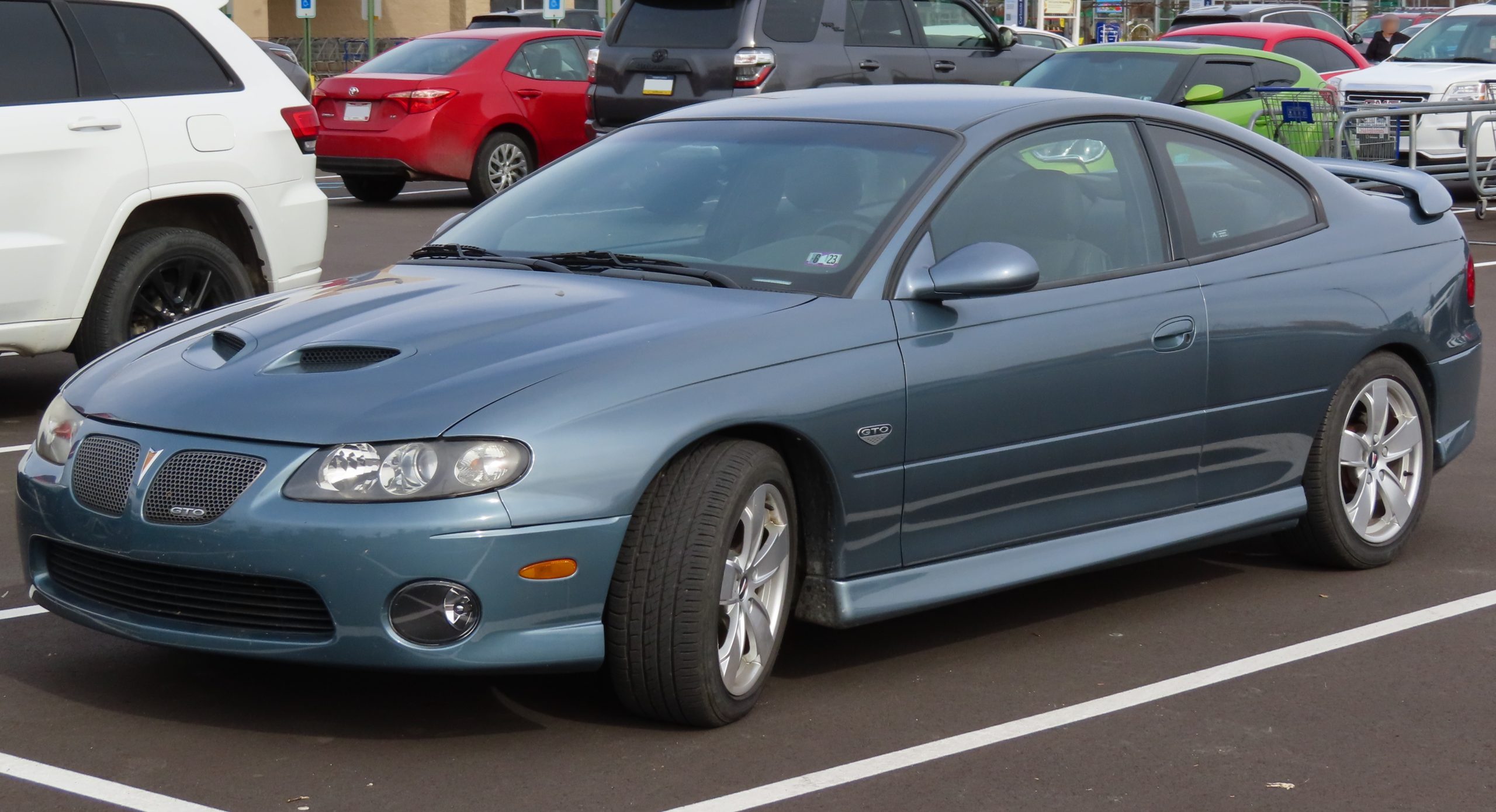
4. Plymouth: Affordability Without Staying Power
Plymouth entered the market as Chrysler’s answer to Ford and Chevrolet, carving a niche during the Great Depression by offering budget-friendly vehicles. Despite this strong start, Plymouth lost its footing as consumer priorities shifted. Its most iconic model, the Fury, gained fame more from film than for long-term dependability.
By the late 1990s, the brand’s affordable cars couldn’t keep up in terms of reliability or appeal, leading to its discontinuation in 2001. Plymouth may have once represented accessible ownership, but a failure to evolve its base models left the brand behind as more reliable and modern alternatives took over.
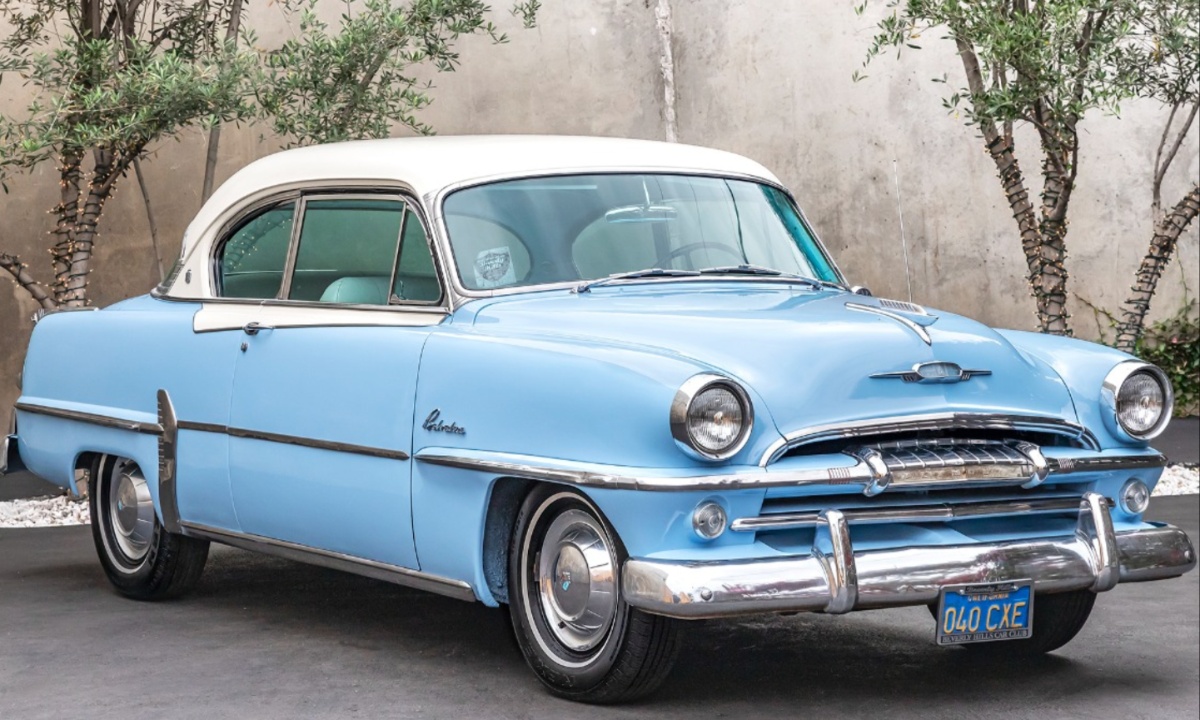
5. DeLorean: All Style, No Staying Power
Few brands are as iconic—or as short-lived—as DeLorean. The DMC-12 captured imaginations with gullwing doors and stainless-steel bodywork, but it fell flat when judged on practicality and reliability.
Poor performance and quality control plagued the only model DeLorean ever made, making it a symbol of over-promised style without substance. The cars were assembled by a poorly trained workforce in Northern Ireland, while company founder John DeLorean’s legal troubles only hastened the brand’s demise.
DeLorean never offered a dependable base model, and it never really tried. Its legacy lives on more as a movie prop than a real-world automotive benchmark.
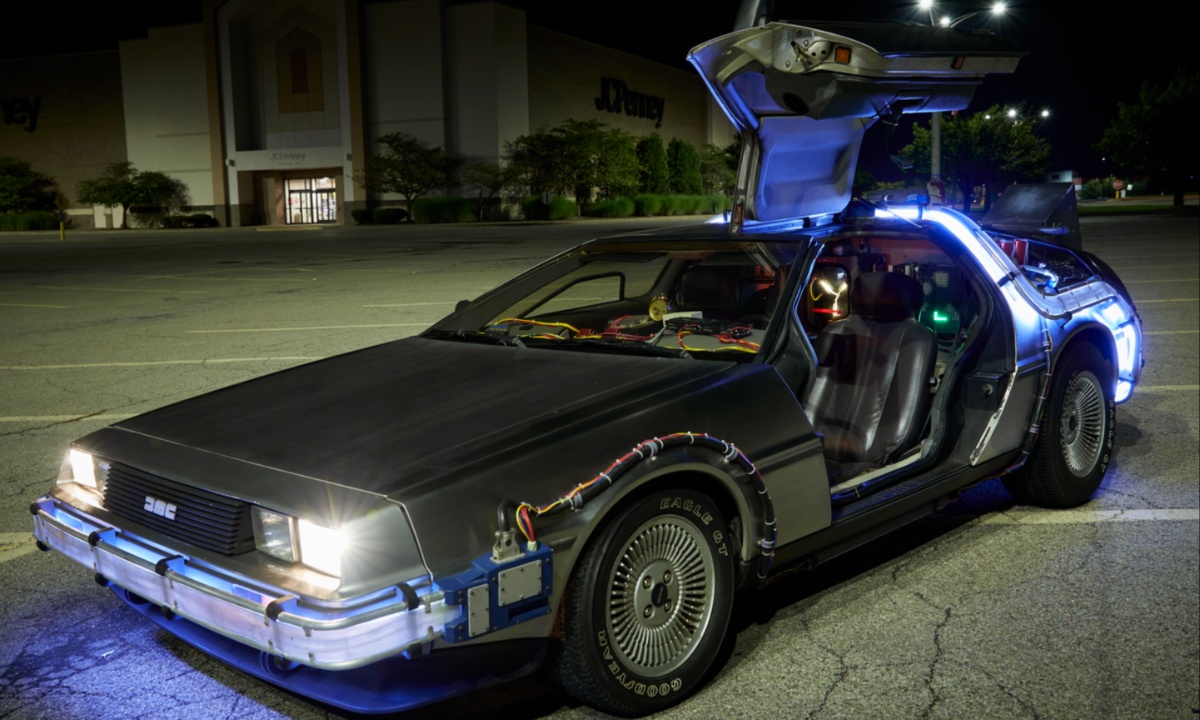
The contrast between today’s most dependable automakers and the once-greats who gave up the race is stark. Brands like Lexus, Toyota, and Mazda prove that it’s still possible to build affordable, base-level cars that drivers can trust for years.
On the other hand, names like Studebaker, Pontiac, and DeLorean illustrate what happens when style or legacy is valued over substance. As buyers become more cautious in an unpredictable automotive market, the importance of a reliable base model continues to rise. The brands that stay true to this promise are the ones driving the industry forward—not stuck in the past.
Also Read: 5 Cars With the Lowest Cabin Carbon Footprints and 5 Using Harsh Materials

